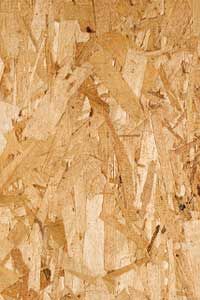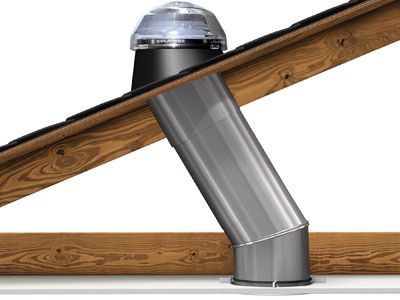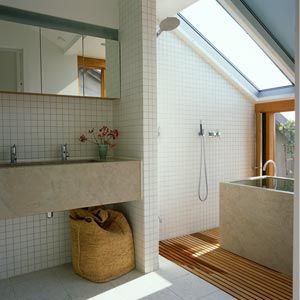You're probably familiar with plywood as the main composite-wood product for construction purposes. You have doubts about the newness of OSB and its ability to compete with plywood. So let's hear some expert opinions on the matter. Turns out, the hesitation about OSB surrounded plywood when it arrived on the construction scene as a product to replace wood sheathing.
Plywood and OSB are strong, durable and long-lasting, so you don't have to be concerned about the performance comparison in that area. And, as with any wood product, you need to make sure to select the proper grade. You want a grade that will ensure waterproofing capabilities.
The thing to watch out with OSB is that if the panel is cut at all, this will disable its waterproofing capabilities. OSB has a tendency to swell on the edges when exposed to water, but it resists humidity well compared to plywood [source: University of Massachusetts].
There's no set price for OSB and plywood, so it's difficult to compare prices. In general, though, OSB is less expensive. Price can depend on supply, and when you take a look at the estimated numbers, OSB manufacturers put out almost double of what plywood manufacturers created [source: Conner Industries].


